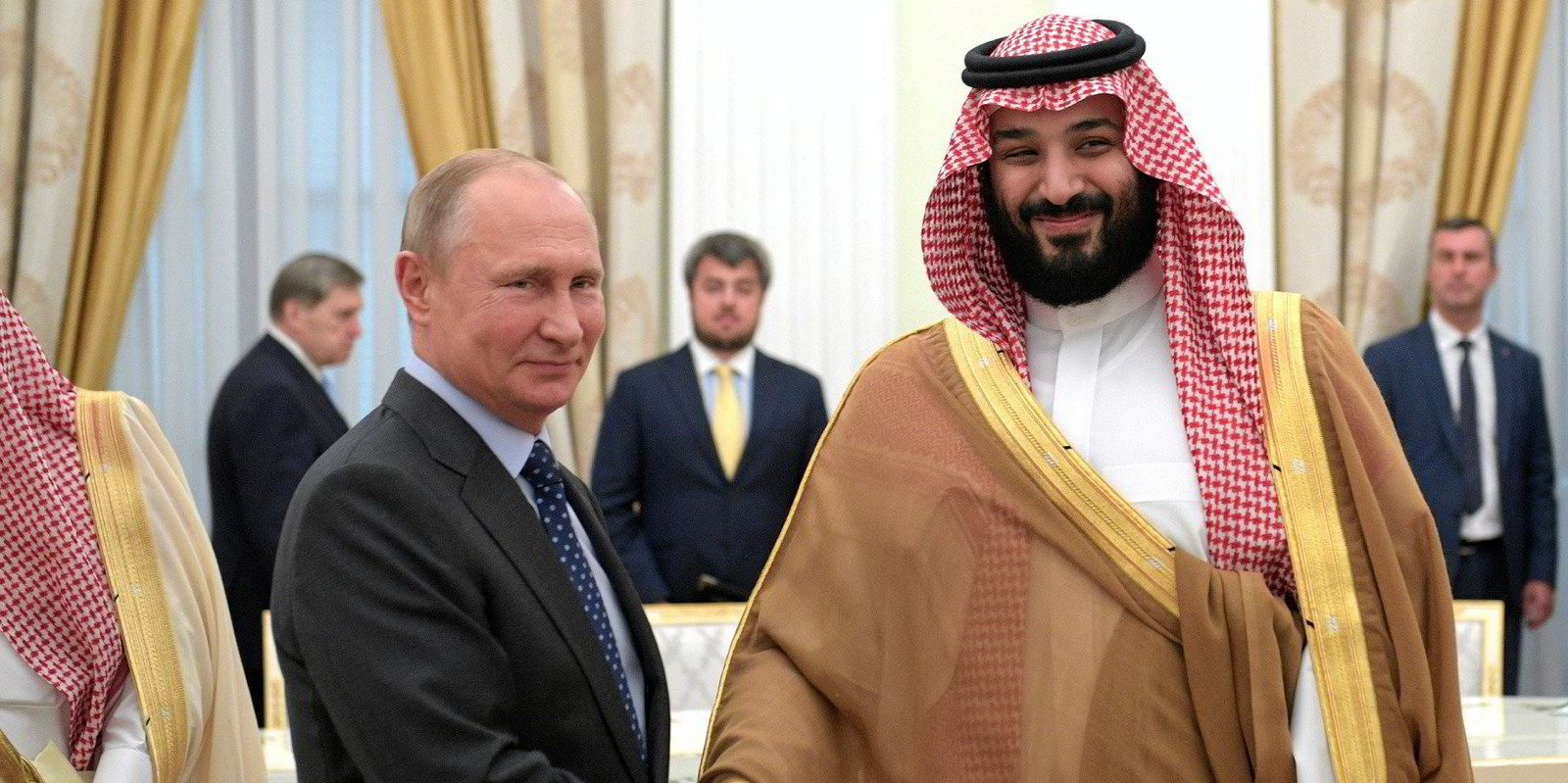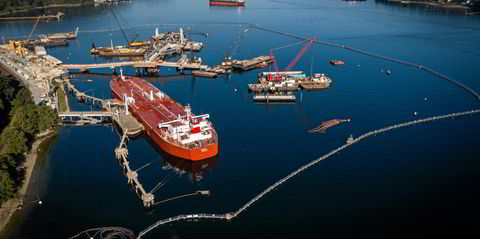Saudi Arabia and Russia confirmed supply cuts until the end of the year after a week that saw rates for the largest crude carriers rally to their highest levels for more than four months.
On Sunday, the kingdom confirmed the cut of one million barrels per day (bpd) would continue in December to keep its output at about 9m bpd, the energy ministry said in a statement.
“This voluntary cut decision will be reviewed next month to consider extending the cut, deepening the cut, or increasing production,” it said.
Russia followed suit with its own 300,000 bpd cut. The continuation of the cuts had been expected but a shortage of tanker tonnage has supported rates despite the drop-off in exports, according to analysts.
The cuts to Saudi exports are of greatest significance for VLCCs with 90% of its exports carried on the largest crude carriers.
Time charter equivalent rates on the Middle East Gulf to China dipped at the end of last week to $50,507 per day, down from a high of $52,880 on Tuesday, according to Baltic Exchange data. Those rates had not been seen since June.
Fearnley Securities said that represented a week-on-week increase of 40% and nearly 300% on the month owing to tonnage supply being at its lowest in decades.
Belgian tanker owner Euronav said rates had climbed last week as shippers scrambled to secure tankers to carry oil cargoes before any potential escalation of the conflict between Hamas and Israel in the Middle East.
The US has lifted sanctions on Venezuela for six months as part of measures to boost supply and limit oil price rises. Brent crude increased on Monday by more than 1.23% to nearly $85.93 a barrel by 10am.
Price rises have been limited because of weaker global demand amid high interest rates and disappointing economic data from China.
Supply growth has been driven by non-Opec+ countries in 2023 and that is expected to continue next year, the International Energy Agency said.
Higher production from Nigeria and Kazakhstan drove supply increases in September, according to its most recent monthly report.
The IEA said global oil demand would keep rising but slow in 2024 owing to efficiency gains and economic problems.
Read more
- Euronav captures tanker upturn as it buys back VLCC leased in China
- Euronav pulls dividend and earnings call as it stands at ‘inflection point’ after Frontline deal
- VLCC rates hit four-month high as Asian refiners look West
- Surging suezmax rates outstrip VLCCs from the US Gulf Coast
- Veteran VLCC changes hands — yet again — in volatile secondhand market





